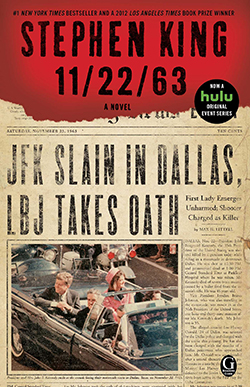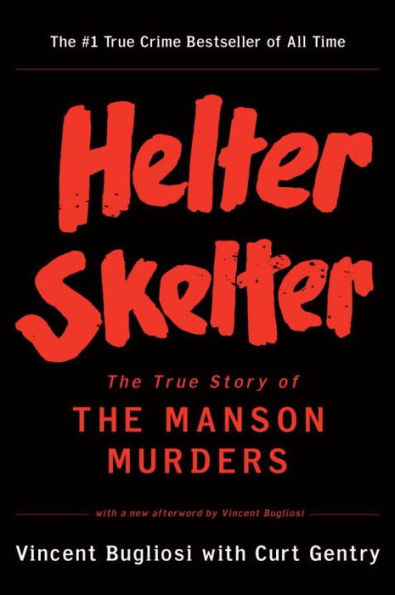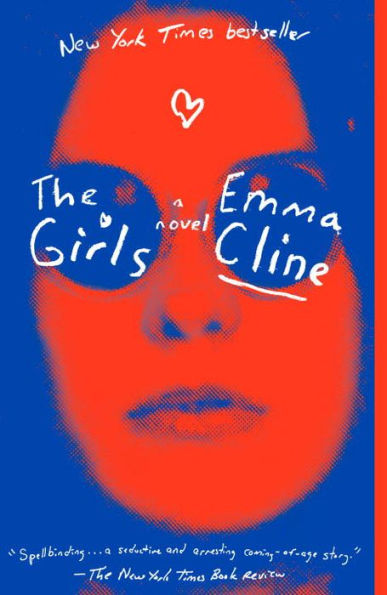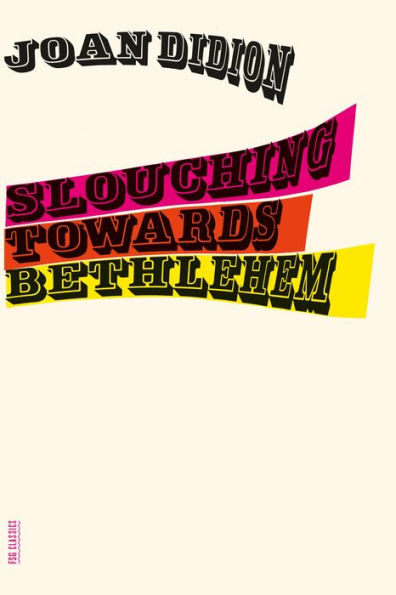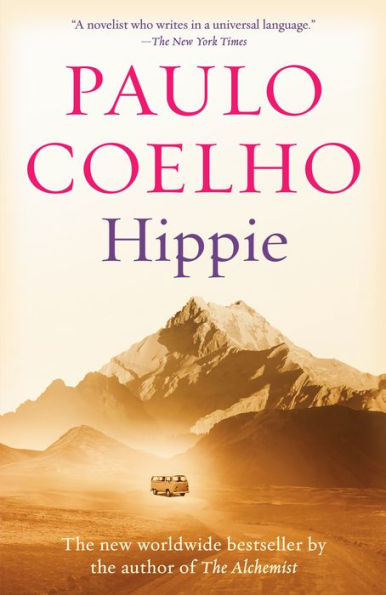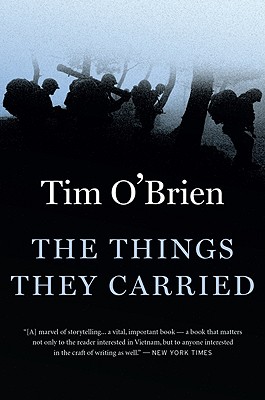Civil rights, Vietnam, Woodstock, the assassination of JFK, Manson murders, Cold War, counterculture, and a man on the moon: the 1960s were a time of transformation, societal upheaval, and massive changes. The turmoil of the decade offers plenty of fuel for the minds of writers—both fiction and nonfiction—and as a result, stories about the ’60s are everywhere. Whether you love true crime, suspense, coming-of-age stories, essays, or atmospheric fiction, there’s something 1960s-themed for everyone. Here are eight stories for anyone looking to take a trip to the Age of Aquarius.

11 Groovy Books That Will Transport You Back to the ‘60s
Assassination! Time travel! Stephen King! 11/22/63 follows Jake Epping, a high school teacher who discovers a portal that can transport him back in time to 1958. He goes through, and embarks on a suspenseful mission to stop JFK’s assassination. Stephen King does an exceptional job (as one would expect) at depicting the 1960s, and in classic Stephen King fashion, the plot keeps you hooked all the way through.
“Regardless of what genre of literature one prefers, 11/22/63 comes down to this: it is a gripping, harrowing, tragic, and beautiful story about love, memory, evil, and how the best of intentions can go awry... This is King for the faint of heart, for the history buff, for the romantic—for everyone.”
MENTIONED IN:
True crime fans, this one is for you. HELTER SKELTER is the in-depth true story of the Manson murders, written by the prosecuting attorney in the case. Bugliosi elaborates not only on the details of the horrific event but also Manson’s motivations and how he wielded power over his female followers. It’s gruesome, but also gripping.
In the summer of 1969, a series of brutal, random murders shook Los Angeles and captured headlines across America. The Manson murders assumed the proportions of myth, coming to mark the end of the sixties and represent the dark underbelly of that era. Vincent Bugliosi was the prosecuting attorney in the trial, and this book is his enthralling account of the case. The meticulous detective work and the reconstruction of the philosophy Manson inculcated in his fervent followers not only make for a true crime classic, but also, in the words of The New Republic, a “social document of rare importance.”
We’re big fans of reading the book even if you’ve seen the movie, and this is no exception. When Benjamin comes home from college in the 1960s, he begins an affair with his father’s business partner—the married Mrs. Robinson. But then her daughter comes home, and he becomes smitten, causing a bit of strife.
MENTIONED IN:
If you’re not so into true crime, there is plenty of fiction to satisfy any interest in 1960s cults, and this novel, loosely based on the Manson murders, is excellent. Told from the perspective of an older woman looking back on her life, it follows a girl who encounters a cult in Northern California and slowly becomes ingrained with the members. I was constantly on the edge of my seat reading this one, waiting for the cult to rear its murderous head.
We’d be remiss to skip out on this Joan Didion classic: a series of essays exploring 1960s America. With a journalist’s eye and through a California lens, she writes about the counterculture that took off during the decade, beginning with San Francisco’s infamous Haight-Ashbury.
MENTIONED IN:
Jennifer Weiner’s newest novel is about two sisters coming into themselves during the 1950s, ’60s, and ’70s, and it follows their lives until the present. But Weiner spends a good amount of time on—and superbly describes—life in the 1960s as the sisters navigate the changing world of counterculture, civil rights, and women’s liberation. It’s a fantastic look at what it means to be a woman.
The time is 1961. The place: Los Angeles. Going against his normal procedure, former private investigator Easy Rawlins goes in search of Black Betty—a notoriously gorgeous woman with a preference for wealthy men—at the request of a white man. His investigation leads him on a path down the dangerous streets of 1960s LA.
MENTIONED IN:
Paulo Coelho’s latest novel takes place after Woodstock. A young, longhaired aspiring writer searching for freedom in a world full of revolution embarks on an adventure to South America, and then travels on a bus across Europe to Kathmandu. He and his fellow travelers share their personal stories, transformative experiences, and search for a life of meaning. Along the way, the main character falls in love, and it doesn’t get more universal than that, man.
MENTIONED IN:
This novel takes place in both the 1960s and 1970s, oscillating between Huey Fairchild’s experiences attending a prestigious prep school in New York City (where he’s the only nonwhite student) and his childhood growing up in the Deep South during the civil rights movement. It’s a beautifully written coming-of-age story that takes a deep look at race and identity in the US.
Although this Vietnam War–focused novel doesn’t take place in the United States and doesn’t focus on the political unrest surrounding the war within the country, it gives a true glimpse at the impact the Vietnam War had on those fighting it. Author Tim O’Brien used his past experience fighting in Vietnam as the basis for this fictional work—told from the perspective of a war unit in the jungle—on what it was like on the front lines. The result is a truly impactful, viscerally detailed, and heartbreakingly honest look at this chapter in US history.
MENTIONED IN:
This list would not be complete without a book about the event that closed out the decade. Anyone looking for the true story of one of the most famous music festivals in history should not skip this extremely nostalgic and celebratory book about the three days of music in 1969.
MENTIONED IN:

